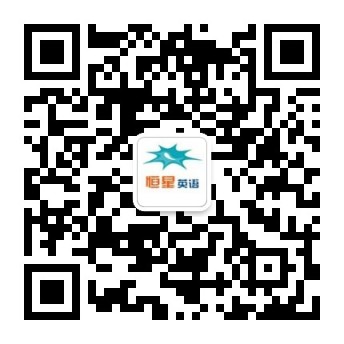正文
INSEAD的企业家精神
Today, most top business schools, particularly in the US, still cannot match the cultural diversity that Insead established at the outset. According to Daniel Muzyka, dean of the Sauder school at the University of British Columbia, Canada, and former MBA director at Insead, the school created a “learning alchemy. . . It always got its graduates to understand the power of diversity.”
And, says Prof Muzyka, an American: “Insead gave a platform and a voice to something other than the US-centric view of the world.”
Although the Paris Chamber of Commerce gave the fledgling business school seed funding, Insead had to pay its own way through accrued fees. “We made a programme that was expensive in Europe where education is free, but we were never worried about students coming. We always had more applicants than we could take care of,” says Mr Janssen.
It was this independence from the university system that made Insead successful, he says. “It made us entrepreneurial and closer to business.”
Frank Brown, the current dean, agrees. “Would Insead have had the freedom to do what it has done if it were part of a university?” he asks. “I doubt it.”
Being a stand-alone business school is not always positive, says Arnoud de Meyer, who taught at Insead for 23 years and is dean of the Judge Business School at the University of Cambridge in the UK. He says working in a university allows interaction between the business school and diverse departments.
“It [being independent] is a real disadvantage in this respect. Insead has tried to overcome this through close contact with business and alumni. And the alumni are very willing – Insead has fantastic alumni.”
But Prof de Meyer agrees that this independence gave Insead its strength. The school is run like a business and is prepared to take risks and cut its losses if things do not work out, he says. “There is a desire to experiment and a willingness to try out new things . . . If you had an idea you could always do it. Nobody ever said, ‘an academic institution doesn't do that'.”
Tom Robertson, dean of the Wharton school at the University of Pennsylvania, with which Insead has a research and exchange alliance, says Insead's independence meant it had to be entrepreneurial and innovative and as a result attracted entrepreneurial faculty. And the creation of a second campus in Singapore a decade ago was “very, very brave”.
Insead does not intend to stop there. It runs programmes in Abu Dhabi, which is likely to become a third full campus. And Mr Brown says Insead has been at the forefront of developments in the virtual world Second Life.
These days, Insead MBA students can study anything – complex financial instruments, consumer marketing, or entrepreneurship. In 1959, things were more limited. Insead introduced a course on Europe, The Institutional, Economic and Social Aspects of European Affairs. It also included a business simulation game, sponsored by IBM, the computer maker. But the process was slightly different back then. With no computer on the site, computer punch cards had to be sent overnight to Paris for processing.
- 上一篇

- 下一篇



 手机网站
手机网站